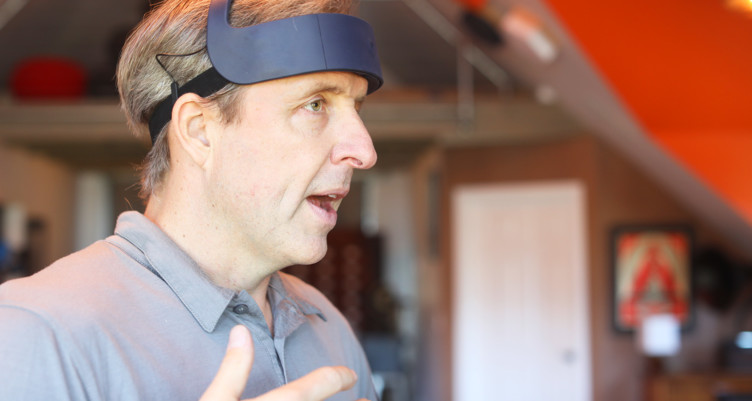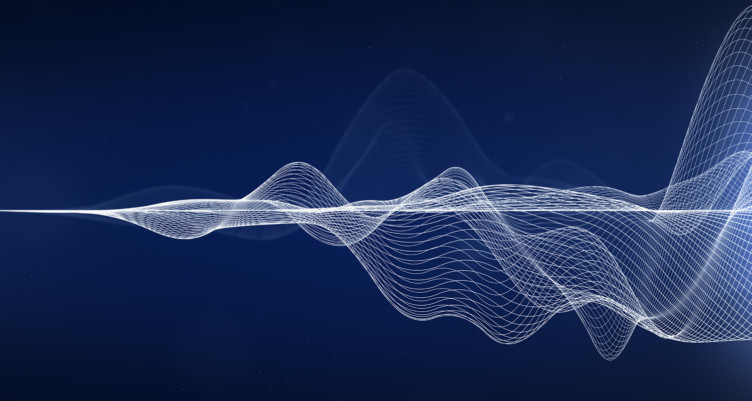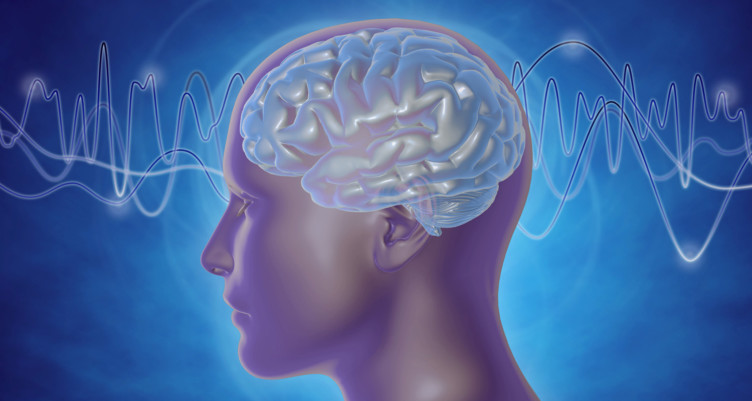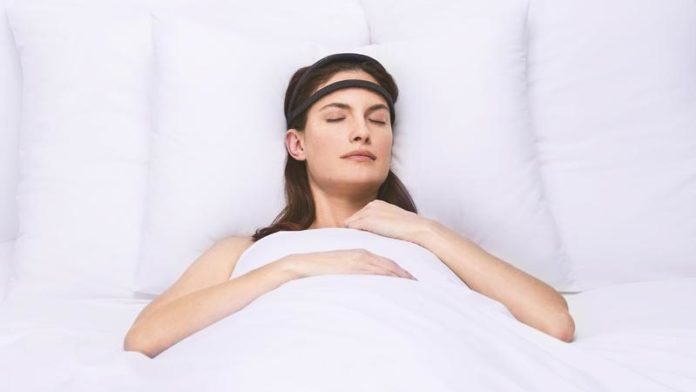You probably know the feeling — you manage to sleep 7 or 8 hours a night, yet you still wake up groggy and cranky. What gives?
I’ve been saying for years that it’s not about the number of hours you clock in your bed each night — the standard 8-hour recommendation is a myth. It’s the quality of your sleep that counts (science backs up this claim).
So how do you deepen the rest that you’re already getting? The first step — try sleep hacks like blackout blinds and lowering the temperature in the room (learn more here about all the ways to hack your sleep). Then, if you want to experiment further, you can try the high-tech wearable sleep devices on the market. The gold standard are sleep headbands, and they’re gaining steam for their ability to improve sleep and help you wake up feeling refreshed and ready to take on the day.
You spend the same amount of time asleep, but those hours are going to count for a lot more. I tried one of the earlier sleep headbands and it changed my life. So should you wear one? Here’s what you need to know.
WHAT IS A SLEEP HEADBAND?

A sleep headband is a wearable device that looks a bit like a helmet, but in soft fabric. It has built-in sensors that track and react to your sleep patterns. When the sensors detect your deepest stage of sleep — known as slow wave — the headband plays soft audio tones to increase your brain’s production of slow brain waves. More slow waves equals deeper sleep (more on that below).
There aren’t many on the market just yet. Philips’ SmartSleep, Dreem, and Sleep Shepherd are leading the pack. An earlier incarnation of sleep headbands is the now defunct Zeo — a wearable headband that monitored your sleep, and sent you morning reports via a phone app telling you what was affecting your sleep and how you could improve it. I used Zeo and it was a revelation. I now have Dreem — it definitely works and you get great data.
HOW DOES A SLEEP HEADBAND WORK?

A sleep headband is designed to make your deepest stage of sleep even deeper. How? By playing sounds to increase the amplitude and number of your slow brain waves. Brain waves are simply the electrical signals your brain cells send to communicate with each other. Your brain produces brain waves at different frequencies, depending on where you are in your sleep cycle.
WHAT IS SLOW WAVE SLEEP?

To understand what slow brain waves mean, here’s a quick primer on the different sleep stages: When you’re sleeping, you cycle through two types of sleep each night — rapid eye movement (REM) sleep and non-REM (NREM) sleep. Deep, or slow wave sleep, is the most restorative stage of non-REM sleep. It’s when your breathing and heart rate drop to their lowest levels and your brain waves slow down and get wider (as measured by a test called an electroencephalogram, or EEG).
These slow waves are known as delta waves, and your brain produces them at a frequency of one to four hertz. To put that into context, gamma, the fastest brain waves, have an average frequency of 40 hertz.



















































